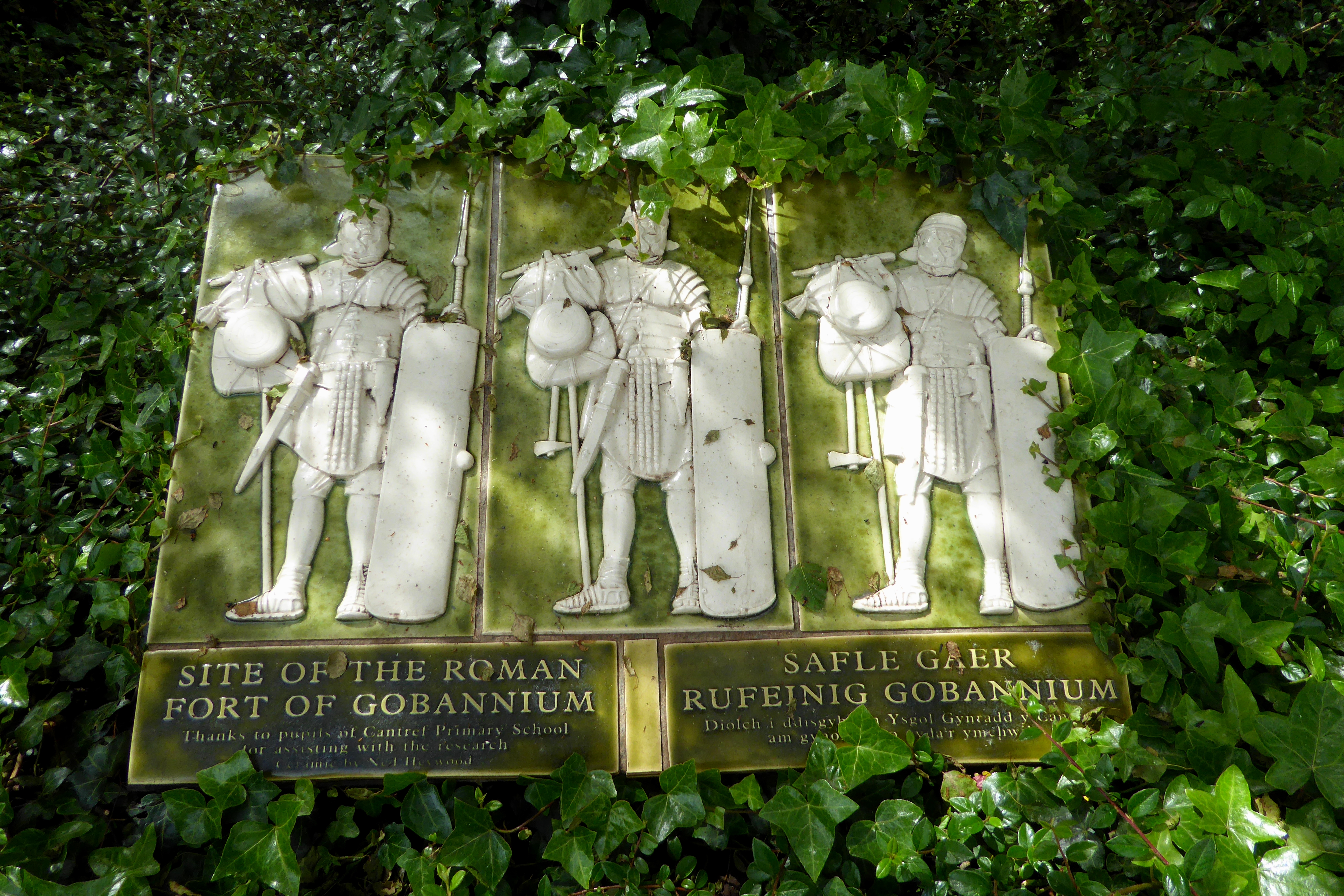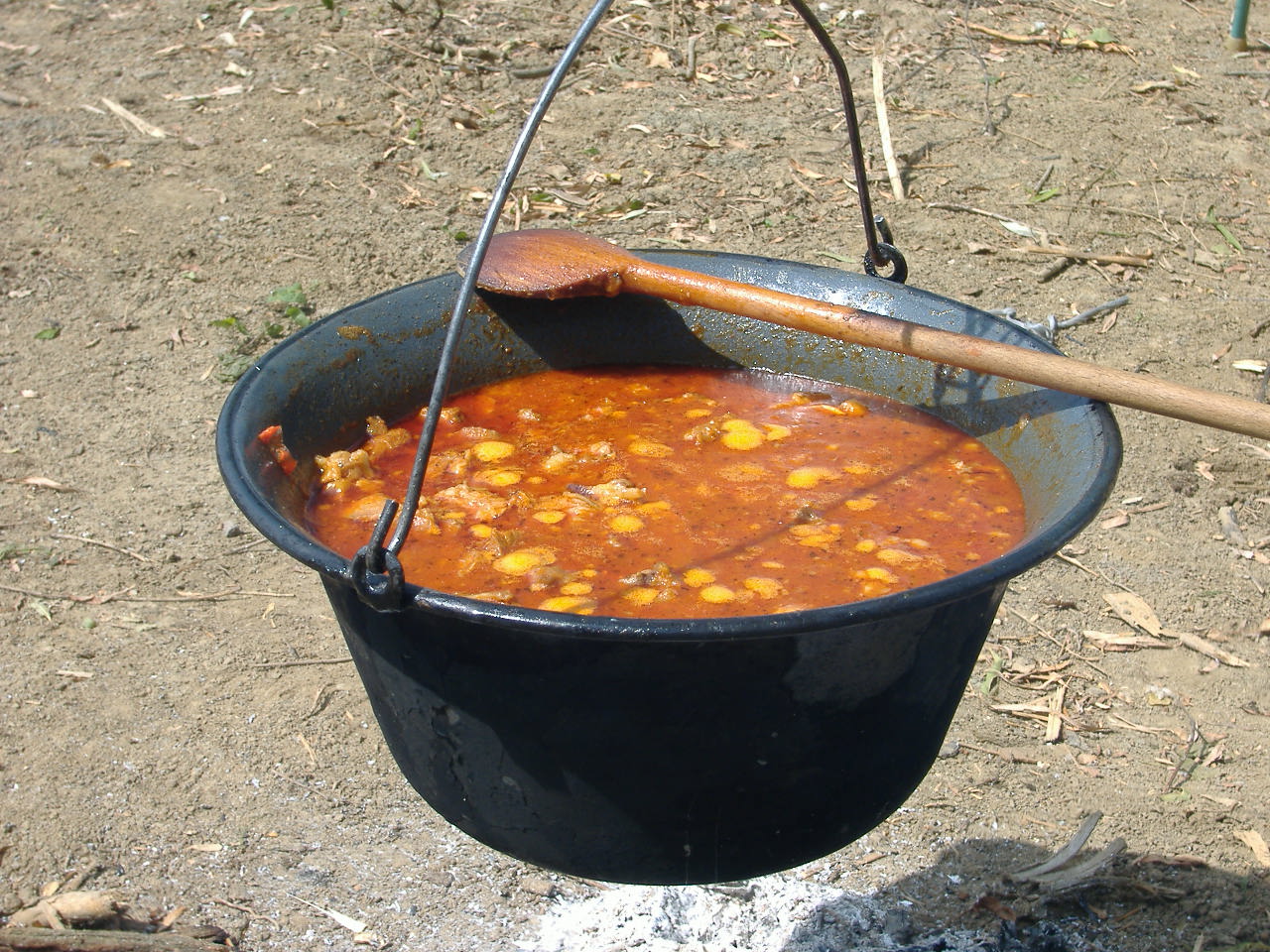|
Gobannus
Gobannus (or Gobannos, the Gaulish form, sometimes Cobannus) was a Gallo-Roman smithing god. A number of statues dedicated to him are preserved, found together with a bronze cauldron dedicated to ''Deus Cobannos'', in the late 1980s and illegally exported to the United States, now in the Getty Museum in the Getty Center, in California. He is mentioned in an inscription found in the 1970s in Fontenay-près-Vézelay, reading AVG(VSTO) SAC(RVM) E COBANNO, i.e. dedicated to Augustus and ''Deus Cobannus''. Etymology The theonym ''Gobannos'', attested as ''Deo Cobanno'' on inscriptions, is derived from the Proto-Celtic stem *''goben''-, meaning 'smith' (cf. Old Irish ''gobae'', Middle Welsh ''gof,'' Middle Breton ''gof(f)'', Old Cornish ''gof'' 'smith'; cf. also Gaulish ''gobedbi'' 'with the smiths' < *''goben-bi'' or *''gob-et''-''bi-''). The same stem can be found in the Irish deity '' |
Bern Zinc Tablet
The Bern zinc tablet or Gobannus tablet is a metal sheet found in 1984 in Bern, Switzerland. As it was only analysed after the death of the workman who had found and removed the tablet from its site, its original archaeological context can no longer be precisely determined. According to the scant information available to archaeologist Rudolf Fellmann, it was found in Thormenboden forest within what appears to be a Gallo-Roman context, a layer dominated by Roman roof tiles at a depth of roughly 30 centimetres. It is inscribed with an apparently Gaulish inscription, consisting of four words, each on its own line, the letters formed by little dots impressed onto the metal: : ΔΟΒΝΟΡΗΔΟ ΓΟΒΑΝΟ ΒΡΕΝΟΔΩΡ ΝΑΝΤΑΡΩΡ (''Dobnoredo Gobano Brenodor Nantaror'') The dedication is to Gobannus, a Gallo-Roman god, the name simply meaning "the Smith". ''Brenodor'' is probably a placename, ''Brenno-duro-'' "town of Brennus"; compare ''Salodurum'' > Solothurn, '' Vi ... [...More Info...] [...Related Items...] OR: [Wikipedia] [Google] [Baidu] |
Goibniu
In Irish mythology, Goibniu (; ) was the metalsmith of the Tuatha Dé Danann. He is believed to have been a smithing god and is also associated with hospitality. His name is related to the Welsh Gofannon and the Gaulish Gobannus. Etymology The name ''Goibniu'' stems from a Proto-Celtic form reconstructed as *''Gobeniū'' or *''Gobanniō'', which is derived from the stem *''goben''-, meaning 'smith' (cf. Old Irish ''gobae'', Middle Welsh ''gof,'' Middle Breton ''gof(f)'', Old Cornish ''gof'' 'smith'; cf. also Gaulish ''gobedbi'' 'with the smiths' < *''goben-bi'' or *''gob-et''-''bi-''). The same stem can be found in the Gaulish deity '' Deo Cobanno'' (< *''Gobannos''), and in '' Govannon'' (< *''Gobannonos''), the son of the goddess Dôn in |
Govannon
Gofannon () is a Middle Welsh reflex of Gobannus, one of the deities worshipped by the ancient Celts. He features in Middle Welsh literature as a great metal worker and as the son of Dôn. His name can be compared with the Old Irish ''gobae'' (gen. ''gobann'') ‘smith’, Middle Welsh / Cornish / Breton ''gof'' (pl. ''gofein'') ‘smith’, Gaulish ''gobedbi'' ‘with the smiths’, all of which are cognate with Lithuanian ''gabija'' ‘sacred home fire’, ''gabus'' ‘gifted, clever’. His apparent counterpart in Irish mythology, Goibniu, in addition to his duties as a smith, also takes on the role of a divine hero who brewed an ale of immortality, in addition to being an architect and builder. In Welsh mythology, Gofannon killed his nephew, Dylan Ail Don, not knowing who he was. One of the tasks given to Culhwch if he were to win the hand of Olwen was to get Gofannon to sharpen his brother Amaethon's plough. Rankine and d'Este (2007), examining ''Talieisin's First Addr ... [...More Info...] [...Related Items...] OR: [Wikipedia] [Google] [Baidu] |
Gaulish
Gaulish is an extinct Celtic languages, Celtic language spoken in parts of Continental Europe before and during the period of the Roman Empire. In the narrow sense, Gaulish was the language of the Celts of Gaul (now France, Luxembourg, Belgium, most of Switzerland, Northern Italy, as well as the parts of the Netherlands and Germany on the west bank of the Rhine). In a wider sense, it also comprises varieties of Celtic that were spoken across much of central Europe ("Noric language, Noric"), parts of the Balkans, and Anatolia ("Galatian language, Galatian"), which are thought to have been closely related. The more divergent Lepontic language, Lepontic of Northern Italy has also sometimes been subsumed under Gaulish. Together with Lepontic and the Celtiberian language, Celtiberian spoken in the Iberian Peninsula, Gaulish is a member of the geographic group of Continental Celtic languages. The precise linguistic relationships among them, as well as between them and the modern Insul ... [...More Info...] [...Related Items...] OR: [Wikipedia] [Google] [Baidu] |
Saint-Gobain, Aisne
Saint-Gobain () is a commune in the Aisne department in Hauts-de-France in northern France. In 1692, a glass factory was built at the village of Saint-Gobain, giving its name to the Saint-Gobain company. Toponymy The settlement, attested as ''Sanctus Gobanus'' in 1131, is named after the Irish monk Saint Gobain. ''Gobanus'' is a Latinized form of the Celtic personal name '' Gobanos'', meaning 'smith'. Population See also * Communes of the Aisne department The following is a list of the 796 communes in the French department of Aisne. The communes cooperate in the following intercommunalities (as of 2025):Communes of Aisne [...More Info...] [...Related Items...] OR: [Wikipedia] [Google] [Baidu] |
Gobannium
Gobannium was a Roman fort and civil settlement or Castra established by the Roman legions invading what was to become Wales in the Roman Era, Roman Wales and lies today under the market town of Abergavenny, Monmouthshire in south east Wales. Documentary evidence Gobannium was first recorded in the Antonine Itinerary of the late 2nd century AD as 'Gobannio' sited some 12 miles from Burrium, (modern Usk) and 22 miles south of Magnis (Kenchester), Magnis (near Kenchester, Herefordshire). Gobannium is also mentioned in the Ravenna Cosmography as 'Bannio', sited between Isca Augusta the major legionary fortress covering South Wales (Caerleon) further down the River Usk, and Bremia (fort), Bremia (Llanio, Ceredigion). The name is thought to have a Celts, Celtic or Brythonic languages, Brythonic language origin and linked to Gobannus and Gofannon, and may mean 'the river of the blacksmiths'. Location Gobannium lies in the broad valley of the River Usk surrounded by hills and mou ... [...More Info...] [...Related Items...] OR: [Wikipedia] [Google] [Baidu] |
Welsh Mythology
Welsh mythology (also commonly known as ''Y Chwedlau'', meaning "The Legends") consists of both folk traditions developed in Wales, and traditions developed by the Celtic Britons elsewhere before the end of the first millennium. As in most of the predominantly oral societies Celtic mythology and history were recorded orally by specialists such as druids (). This oral record has been lost or altered as a result of outside contact and invasion over the years. Much of this altered mythology and history is preserved in Medieval Welsh literature, medieval Welsh manuscripts, which include the Red Book of Hergest, the White Book of Rhydderch, the Book of Aneirin and the Book of Taliesin. Other works connected to Welsh mythology include the ninth-century Latin historical compilation ''Historia Brittonum'' ("History of the Britons") and Geoffrey of Monmouth's twelfth-century Latin chronicle ''Historia Regum Britanniae'' ("History of the Kings of Britain"), as well as later Welsh folklore, ... [...More Info...] [...Related Items...] OR: [Wikipedia] [Google] [Baidu] |
Gallo-Roman Religion
Gallo-Roman religion is a fusion of the traditional religious practices of the Gauls, who were originally Celtic speakers, and the Roman and Hellenistic religions introduced to the region under Roman Imperial rule. It was the result of selective acculturation. Deities In some cases, Gaulish deity names were used as epithets for Roman deities, and vice versa, as with Lenus Mars or Jupiter Poeninus. In other cases, Roman gods were given Gaulish female partners – for example, Mercury was paired with Rosmerta and Sirona was partnered with Apollo. In at least one case – that of the equine goddess Epona – a native Celtic goddess was also adopted by Romans. Mother goddesses, who were probably fertility deities, retained their importance in Gallo-Roman religion; their cults were spread throughout Gaul. Epigraphic evidence suggests a triad of mother goddesses was particularly important in Gallo-Roman society. The Jupiter Column was a distinctive type of religious monumen ... [...More Info...] [...Related Items...] OR: [Wikipedia] [Google] [Baidu] |
Gaulish Language
Gaulish is an extinct Celtic language spoken in parts of Continental Europe before and during the period of the Roman Empire. In the narrow sense, Gaulish was the language of the Celts of Gaul (now France, Luxembourg, Belgium, most of Switzerland, Northern Italy, as well as the parts of the Netherlands and Germany on the west bank of the Rhine). In a wider sense, it also comprises varieties of Celtic that were spoken across much of central Europe (" Noric"), parts of the Balkans, and Anatolia (" Galatian"), which are thought to have been closely related. The more divergent Lepontic of Northern Italy has also sometimes been subsumed under Gaulish. Together with Lepontic and the Celtiberian spoken in the Iberian Peninsula, Gaulish is a member of the geographic group of Continental Celtic languages. The precise linguistic relationships among them, as well as between them and the modern Insular Celtic languages, are uncertain and a matter of ongoing debate because of their spar ... [...More Info...] [...Related Items...] OR: [Wikipedia] [Google] [Baidu] |
Smithing Gods
This is a list of deities associated with blacksmiths and craftspeople. African religions Egyptian * Ptah, patron god of craftsmen and architects Igbo * Ikenga, Alusi of time, success, achievement, farming, blacksmiths, and industry Yoruba * Ogun, patron god of warriors, soldiers, blacksmiths, metal workers, and craftsmen Asian religions Arabian * Qaynan, Sabean patron god of smiths Hindu * Ribhus * Vishvakarman, architect of the gods Japanese * Ama-Tsu-Mara, Ame-no-Mahitotsu, god of metal-working and blacksmiths * Kagu-tsuchi, patron god of blacksmiths, ceramic workers, and fire Meitei * Pisatao, god of architecture and crafts Vietnam * Bà Kim, goddess of metal and blacksmithing * Tổ nghề Khổng Lồ, god of bronze casting Ugaritic * Kothar-wa-Khasis, patron god of metalworking European religions Celtic * Brigid, goddess of spring, blacksmiths, fertility, healing, and poetry *Gobannus, Gallo-Roman deity whose name means 'the smith' * Gofannon, Welsh god of blacksmith ... [...More Info...] [...Related Items...] OR: [Wikipedia] [Google] [Baidu] |
Proto-Celtic
Proto-Celtic, or Common Celtic, is the hypothetical ancestral proto-language of all known Celtic languages, and a descendant of Proto-Indo-European. It is not attested in writing but has been partly Linguistic reconstruction, reconstructed through the comparative method. Proto-Celtic is generally thought to have been spoken between 1300 and 800 BC, after which it began to split into different languages. Proto-Celtic is often associated with the Urnfield culture and particularly with the Hallstatt culture. Celtic languages share common features with Italic languages that are not found in other branches of Indo-European, suggesting the possibility of an earlier Italo-Celtic linguistic unity. Proto-Celtic is currently being reconstructed through the comparative method by relying on later Celtic languages. Though Continental Celtic presents much substantiation for Proto-Celtic phonology, and some for its morphology (linguistics), morphology, recorded material is too scanty to allow ... [...More Info...] [...Related Items...] OR: [Wikipedia] [Google] [Baidu] |
Cauldron
A cauldron (or caldron) is a large cookware and bakeware, pot (kettle) for cooking or boiling over an open fire, with a lid and frequently with an arc-shaped hanger and/or integral handles or feet. There is a rich history of cauldron lore in religion, mythology, and folklore. Etymology The word cauldron is first recorded in Middle English as ''caudroun'' (13th century). It was borrowed from Norman language, Norman ''caudron''T. F. Hoad, ''English Etymology'', Oxford University Press, 1993 (). p. 67. (Picard language, Picard ''caudron'', ). It represents the phonetical evolution of Vulgar Latin ''*caldario'' for Classical Latin ''caldārium'' "hot bath", that derives from ''cal(i)dus'' "hot". The Norman-French word replaces the Old English ''ċetel'' (German ''(Koch)Kessel'' "cauldron", Dutch ''(kook)ketel'' "cauldron"), Middle English ''chetel''. The word "kettle" is a borrowing of the Old Norse variant ''ketill'' "cauldron". History From Latin origin, the term cauldron i ... [...More Info...] [...Related Items...] OR: [Wikipedia] [Google] [Baidu] |




